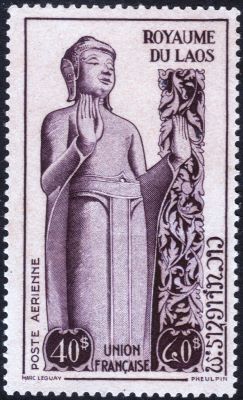
Tetsugen, a devotee of Zen in Japan, decided to publish the sutras, which at that time were available only in Chinese. The books were to be printed with wood blocks in an edition of seven thousand copies, a tremendous undertaking.
Tetsugen began by travelling and collecting donations for this purpose. A few sympathisers would give him a hundred pieces of gold, but most of the time he received only small coins. He thanked each donor with equal gratitude. After 10 years, Tetsugen had enough money to begin his task.
It happened that at that time the Uji River overflowed. Famine followed. Tetsugen took the funds he had collected for the books and spent them to save others from starvation. Then he once again began his work of collecting money.
Several years afterwards, an epidemic spread over the country. Tetsugen again gave away what he had collected to help his people.
For the third time he started his work and, after twenty years, his wish was fulfilled. The printing blocks that produced the first edition of the sutras can be seen even today in the Obaku monastery in Kyoto.
The Japanese tell their children that Tetsugen made three sets of sutras, and that the first two invisible sets surpass even the last.
Source: http://www.101zenstories.org
Tetsugen Dōkō (1630–1682) was a Japanese Zen Master, and an important early leader of the Ōbaku school of Buddhism. In 1681, he oversaw the production of the first complete woodcut edition (consisting of around 60,000 pieces) of the Chinese Buddhist sutras in Japan.
In Buddhism, sutras, also known as suttas, are canonical scriptures, many of which are regarded as records of the oral teachings of Gautama Buddha. The Buddha’s discourses were memorised by his disciples and later written down in various languages, the most complete collections of teachings being in Pali and Sanskrit.
Image: A postage stamp issued by Laos in 1953 shows the image of the Standing Buddha in Abhayamudra from Wat Phra Keo (Temple of the Emerald Buddha) in the capital city of Vientiane. In Laos, this mudra is associated with the victory of the Buddha over the demon Mara. Courtesy https://www.buddhiststamp.com/
